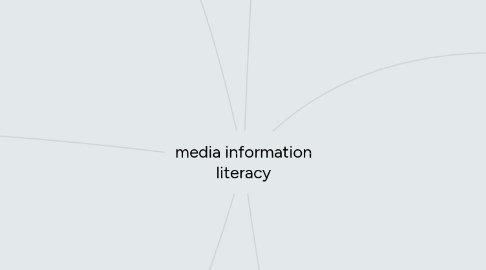
1. lesson 4
1.1. film and tv
1.1.1. A film’s form involves more than figuring out where to put the camera and what lens to use before shooting. It means articulating a clear and provocative purpose for telling the tale
1.1.1.1. film
1.1.1.1.1. Film, also called movie or motion picture, is a visual art used to simulate experiences that communicate ideas, stories, perceptions, feelings, beauty or atmosphere by the means of recorded or programmed moving images along with other sensory stimulations.
1.1.1.2. television
1.1.1.2.1. elevision (TV), sometimes shortened to tele or telly, is a telecommunication medium used for transmitting moving images in monochrome (black and white), or in colour, and in two or three dimensions and sound.
2. lesson 5
2.1. aehtestiv of media
2.1.1. Media aesthetics is an interdisciplinary arena for research on media technologies, aesthetics (sense perception), and mediation.
2.1.1.1. multemedia
2.1.1.1.1. Multimedia is content that uses a combination of different content forms such as text, audio, images, animations, video and interactive content. Multimedia contrasts with media that use only rudimentary computer displays such as text-only or traditional forms of printed or hand-produced material.
2.1.1.2. transmedia
2.1.1.2.1. Transmedia: a narrative that extends beyond multiple media forms that also plays to the strength those forms; may or may not be interactive.
2.1.1.3. traditional media
2.1.1.3.1. Marketers have used traditional media such as print, radio, TV, yellow pages and even outdoor ads to reach consumer markets for the last 50 to 100 years. Traditional media can also play a role in the marketing mix for many B2B companies. These media often reach a broad audience and thus can be relatively expensive. Yet in your industry or region, they may be very effective in helping you reach your market.
3. lesson 6
3.1. aesthetic of social networking
3.1.1. an information management PhD student at the University of California, where she researches how people negotiate their presentation of self in online communities and other social contexts. Jon Lebkowsky serves as CEO of the Web technology consultancy Polycot. Honoria Starbuck works as education
4. lesson 1
4.1. what is media
4.1.1. media are the communication outlets or tools used
4.1.1.1. social media
4.1.1.1.1. websites and application that enable users to share and create the content
4.1.1.2. new media
4.1.1.2.1. means of mmeans of mass communication using digital technologies such as the Internet. "the new media has become central to the political arena"ass
4.1.1.3. traditional media
4.1.1.3.1. Traditional media can also play a role in the marketing mix for many B2B companies. These media often reach a broad audience and thus can be relatively expensive. Yet in your industry or region, they may be very effective in helping you reach your market.
5. lesson 2
5.1. media then and now
5.1.1. It seems like today if you are not on some sort of social media platform, then you are not in the know. In the past, you would be watching a show on T.V. and then breaking news would interrupt the show to tell you what tragic or exciting event is taking place at that moment. Now, the newscasters sometimes informs you about the news, after it already hit every social media platform. Whether you are reading what’s trending, receiving updates in your feed and or receiving texts from friends, social media seems to receives it first.
5.1.1.1. industrial age
5.1.1.1.1. The Industrial Age is a period of history that encompasses the changes in economic and social organization that began around 1760 in Great Britain and later in other countries, characterized chiefly by the replacement of hand tools with power-driven machines such as the power loom and the steam
5.1.1.2. pre industrial age
5.1.1.2.1. pre-industrial age. Pre-industrial society refers to social attributes and forms of political and cultural organization that were prevalent before the advent of the Industrial Revolution, which occurred from 1750 to 1850. Pre-industrial is a time before there were machines and tools to help perform tasks en masse.
5.1.1.3. digital age
5.1.1.3.1. The digital age, also called the information age, is defined as the time period starting in the 1970s with the introduction of the personal computer with subsequent technology introduced providing the ability to transfer information freely and quickly.
5.1.1.4. electronic age
5.1.1.4.1. The definition of electronic age in the dictionary is the electronic age the electronic age began when electronic equipment, including computers came into use.
6. lesson 3
6.1. understanding media text image and audio
6.1.1. image
6.1.1.1. This article is about visual artifacts or reproductions. For other uses, see Image (disambiguation). "Picture" redirects here. For other uses, see Picture (disambiguation). For Wikipedia image use guidelines
6.1.1.1.1. photography
6.1.2. text
6.1.2.1. he original words and form of a written or printed work. (2) : an edited or emended copy of an original work. b : a work containing such text.
6.1.2.1.1. book
6.1.2.1.2. newspaper
6.1.3. audio
6.1.3.1. Audio most commonly refers to sound, as it is transmitted in signal form.
6.1.3.1.1. radio
6.1.3.1.2. music
